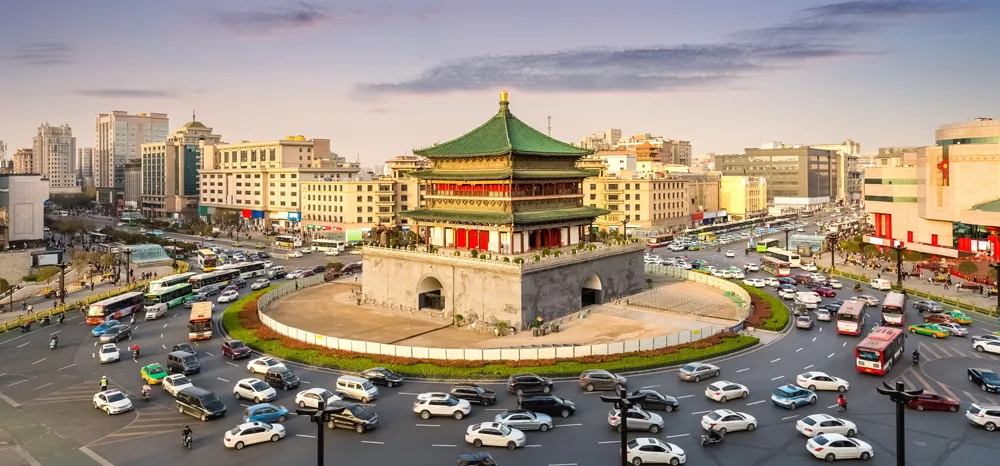Bluetooth traffic sensors installed on a four-lane highway in the Waikato region of New Zealand demonstrate significant journey time savings, according to a report by New Zealand engineering consultants Beca and the New Zealand Transport Agency (NZTA), Money well spent? The challenge of finding primary data.
October 16, 2013
Read time: 2 mins
Bluetooth traffic sensors installed on a four-lane highway in the Waikato region of New Zealand demonstrate significant journey time savings, according to a report by New Zealand engineering consultants Beca and the 6296 New Zealand Transport Agency (NZTA), Money well spent? The challenge of finding primary data.
To measure the effectiveness of the new expressway, Bluetooth sensors recorded traffic flows on the first stage of the Waikato Expressway for approximately three months before and after its opening. The sensors were configured to not only detect the journey time changes but also the relative proportion of traffic using the new and old routes.
The Bluetooth solution used by NZTA utilises BlipTrack sensors from Danish company3778 Blip Systems installed in the road network. By anonymously tracking Bluetooth devices, such as mobile phones, tablets and hands-free installations in cars, it is possible to measure traffic flow and calculate journey time. This real time traffic flow data enables road authorities to proactively manage the road network to minimise delays and congestion.
BlipTrack sensors now cover over 600 km of state highway network on the North Island of New Zealand and are constantly being expanded.
To measure the effectiveness of the new expressway, Bluetooth sensors recorded traffic flows on the first stage of the Waikato Expressway for approximately three months before and after its opening. The sensors were configured to not only detect the journey time changes but also the relative proportion of traffic using the new and old routes.
The Bluetooth solution used by NZTA utilises BlipTrack sensors from Danish company
BlipTrack sensors now cover over 600 km of state highway network on the North Island of New Zealand and are constantly being expanded.








